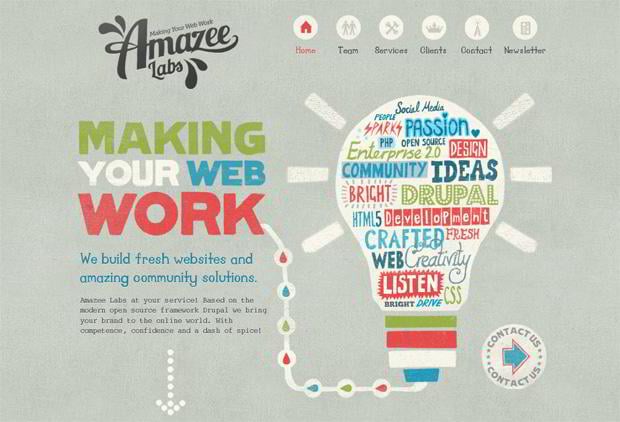Website Design Basics: Tips For Structure A User-Friendly Site
Website Design Basics: Tips For Structure A User-Friendly Site
Blog Article
Content Author-Le Bak
When it comes to website design, making sure user-friendliness is essential. From receptive design to structured navigation, every element plays a vital function in creating a website that caters to your target market's demands. However what regarding the finer details that can make or damage a customer's browsing experience? Stay tuned as we uncover some often-overlooked ideas that can raise your website's usability to the next degree, making it truly stick out in the electronic landscape.
Relevance of Responsive Style
Receptive design is a crucial element of modern internet site growth. seo optimized content is receptive ways that it can adjust to different display sizes and gadgets, giving a smooth experience for customers.
With the boosting use mobile phones and tablet computers to access the web, having a responsive style is vital for getting to a larger audience. It helps in enhancing customer experience by making your website easy to browse and continue reading any kind of gadget.
Furthermore, responsive design can favorably impact your online search engine positions, as online search engine like Google focus on mobile-friendly websites. By having a receptive style, you're likewise future-proofing your website, as brand-new tools with varying display sizes remain to arise.
Simplify Navigating Structure
To enhance customer experience and help with easy access to information on your web site, simplifying the navigation framework is critical. When developing your site, focus on developing a clear and user-friendly navigating menu that assists visitors locate what they're looking for swiftly.
Limit https://lanelgcwq.blog-mall.com/31709026/change-your-brand-the-effect-of-specialist-web-site-development-on-business-innovation of food selection items to the essentials, organizing associated pages with each other to avoid overwhelming customers. Use descriptive tags that clearly show the material of each web page, making it much easier for users to understand where each link will take them.
Take into consideration applying dropdown food selections for subcategories to avoid littering the major navigating bar. Furthermore, consist of a search bar prominently on the web page for users that prefer searching for details details.
Focus on mobile responsiveness in your navigation layout to make certain easy accessibility on all devices.
Maximize Page Lots Rate
Improving web page load rate is essential for maintaining site visitors on your web site. Slow-loading pages irritate customers and can lead to high bounce prices. To maximize web page tons speed, begin by enhancing photos. Compress photos without endangering top quality to lower their data dimensions.
Furthermore, enable browser caching to keep regularly accessed sources locally, quickening load times for returning visitors. Minify CSS, JavaScript, and HTML files by getting rid of unneeded characters, comments, and formatting, boosting load rate.
Think about utilizing best website developers (CDN) to distribute your internet site's web content across numerous web servers worldwide, reducing latency for users accessing your website from various areas. Finally, https://www.forbes.com/sites/forbescoachescouncil/2020/09/08/five-marketing-tips-to-attract-more-customers-to-your-business/ using third-party manuscripts and plugins, as they can considerably affect load times.
Final thought
In conclusion, by including receptive style, streamlining navigating, and optimizing web page lots speed, you can produce an user-friendly internet site that appeals to a larger target market and improves customer experience. These essential elements make certain that site visitors can quickly access and browse your site across various tools, leading to boosted engagement and complete satisfaction. By concentrating on these key elements, you can develop an effective website that maintains customers returning for even more.
